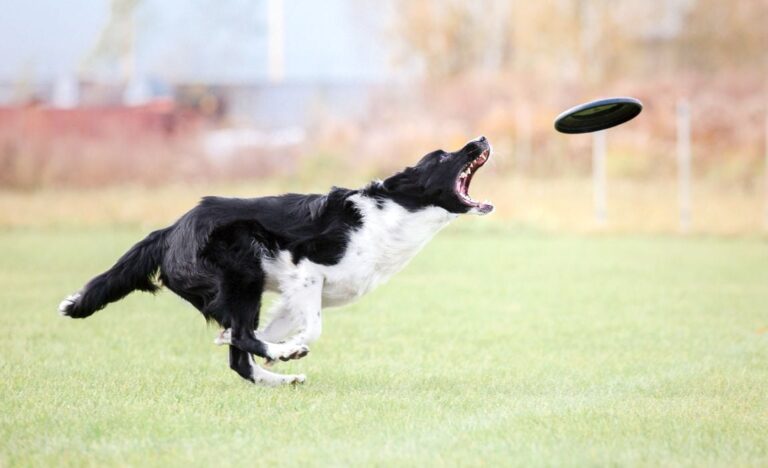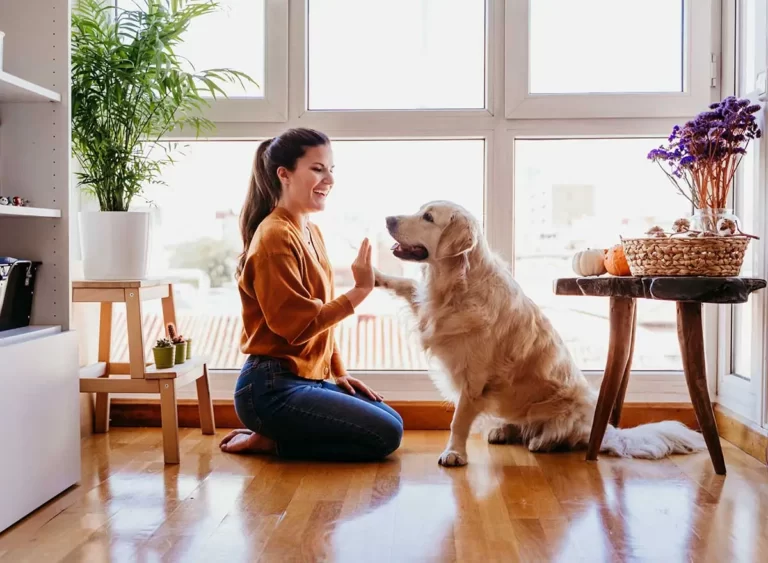The Top 10 Things A New Pet Parent Should Know: Guide to Becoming A Good Dog Owner
You need to know some crucial things before becoming a pet parent. Whether you’re a first-time parent or have children from previous marriages, this is true. Either way, the experience can be very stressful — especially when you’re learning everything at once. We will make your life easier by showing you our list of what you need to know about being a fur parent.
1. New pets need a safe place of their own
Your dog will be overwhelmed in your home for the first weeks. They’ve just moved from one environment to another, and they’re learning their way around the house. They may feel confused and scared, so it’s essential to give them a safe place to feel comfortable and secure.
Your pet’s crate or carrier will become his new haven. It’s where he will sleep, eat and play when he is not exploring his surroundings. Ensure that it is spacious so your dog can comfortably stand up, turn around and lie down — but not too big so that he feels lost or trapped inside it. If you have an older pet that no longer uses the crate, consider putting some soft blankets or towels inside, so he has a familiar bedding material to snuggle with while he’s in there.
It can take a while for dogs to adjust to their new surroundings, especially if they have just been adopted from a shelter or rescue organization. If your puppy was not socialized properly as a young puppy, he might be fearful of new people or unfamiliar dogs; his crate will help him feel safe and secure while you work on socializing him by introducing him.
2. Socialize early and often.

As a puppy grows, your interactions with them will change. The roles of playmates and protectors shift as your pup matures into an adult dog. The amount of time you spend teaching him to behave appropriately and the methods you train him will also change, but the most significant difference is that your dogs need more socialization than when they were young.
The key to successful socialization is exposing your dog to many different environments, people, and animals at an early age. This helps ensure he will be comfortable in new situations later in life, whether meeting a new person or encountering a different animal at the park.
As soon as your puppy arrives home with you, introduce him to other dogs and people. Although puppies are naturally curious about their surroundings and want to explore them on their terms, keep in mind that they need supervision at all times while out of their crate or kennel — even if they’re exploring the yard!
Introducing Your Puppy To Other Dogs
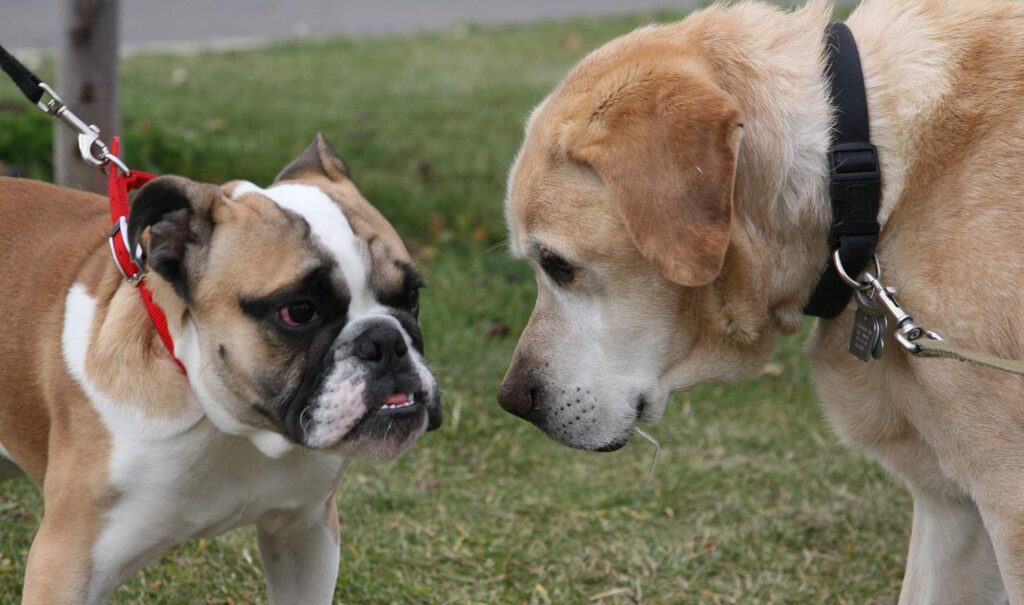
It is best to familiarize and train your dog to be with another dog during playtime when both animals are having fun and not focused on each other too much. Try playing fetch with one dog while letting the other chase after it now and then.
3. Consistency Is Critical
It’s easy to frustrate our pets when they don’t want to do what we want. But they’re not going to learn anything if you’re inconsistent.
Pets are very good at recognizing patterns, so if they know that they get rewarded with treats or attention every time they do something terrible, they’ll keep doing it.
It would help if you were consistent in punishing your pet and the rewards you give him. If you’re going to take away his favorite toy for chewing on the furniture, then your dog needs to understand that no matter how much he whines and cries, he won’t get it back until he’s learned not to chew on things he isn’t supposed to chew on anymore.
For example, if your puppy jumps up on guests when they come over, then each time he does it, he should be taken outside immediately following the guest’s arrival and made sit or lie down until all guests have left again (and then given lots of praise for doing so). Then each time after that, he gets taken out immediately after someone arrives (and is praised).
Eventually, he will stop jumping up because she knows it leads nowhere too well. It’s essential to be consistent with your pet. If you want them to be on a leash and you let them off, they may need help understanding why. The same goes for feeding times, potty training, and other essential things.
Make sure your pet becomes accustomed to the noises in your home. When you bring them home from the breeder, they will be scared of sounds like lawnmowers or vacuums. Letting them get used to the noises will help them feel more comfortable in their new home.
Ensure to give your pet enough attention and playtime during the day, so they stay energized and energized while you’re away at work or school all day. Make sure that everyone in the family gets along with your new dog; otherwise, it can cause problems down the road.
4. Pets Aren’t Just Pets, They Are Family
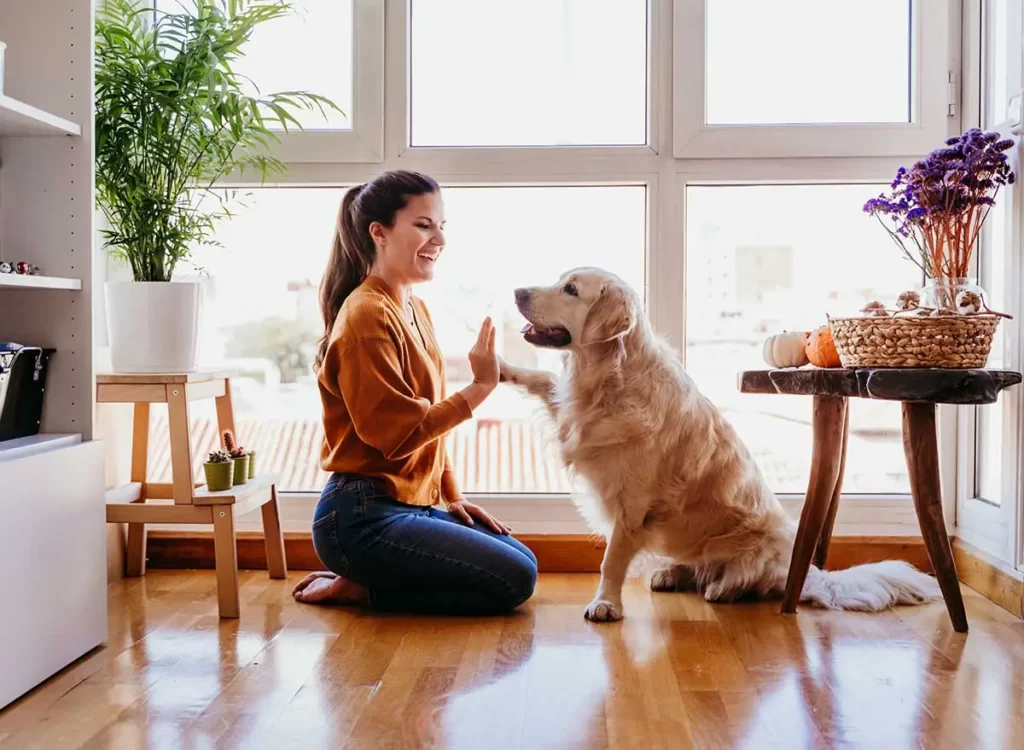
Pets nowadays have become a massive part of our families. They can be the sweetest little angels when you want them to be and the most mischievous little devils when you don’t. Pets can make us laugh when we need them most or help us heal when we feel sick or hurt. They comfort us when we are sad and celebrate with us when we are happy. We love them for their unconditional love and support, but what about our pets? Do they love us back?
The answer to this question is an absolute yes! Although they may not express their feel ten as we do, they have feelings and emotions just like humans do.
Even though our cats and dogs may not be able to tell us how they feel using words, they still have ways of communicating their needs and wants to us through body language, sounds, and even facial expressions! If you’re wondering how your furry friend feels about you.
5. Limit the Number of Toys Your Dog Can Access At Any Time
Toys may draw pets, but they can also become bored and frustrated if they have too many options. Limit the number of toys your pet has access to at any time. The more toys you provide, the greater the likelihood your pet won’t play with them. If you want to add new toys, do it gradually so your pet can stay calm and focus on playing with them.
Make sure that any new toys are safe for your pet; don’t leave them unattended or allow him to chew on them if they are not chewable for chewing or could cause injury if ingested (for example, squeakers from stuffed animals).
6. Purchase An Insurance For Your Dog

Purchase pet insurance early in your life when you can still lock in great coverage at a reasonable rate.
Pet insurance is the best way to protect your pet and your wallet, and it’s easy to start. Here are some of the best tips for getting the best deal on pet insurance:
Purchase pet insurance early on in your pet’s life when you can still lock in great coverage at a reasonable rate. Most pet insurance companies will start charging higher premiums after your pet reaches a certain age or weight, so it pays to get coverage as soon as possible.
Consider purchasing coverage for multiple pets, especially if they’re close in size. Some policies will charge more for certain breeds or two dogs of different sizes than for two of the same size or weight.
Get quotes from multiple pet insurance providers before deciding which company will suit you and your pets. One company offers better coverage at a lower price than another company does!
7. Learn Your Dogs Behavior

Learning about your dog’s basic behavior is a great way to understand your dog better and help them live a happier and healthier life. Here are some basics about dog behavior:
Dogs are pack animals. They naturally desire to be part of a group or pack with other dogs. They also need to follow the leader of their pack (you!), which is why they like walking on leashes because it gives them the feeling that they are going somewhere with you and not just wandering on their own.
Dogs communicate through body language. They use their ears, tails, and eyes to share their feelings. For example, if your dog is happy and excited, your dog will have his ears up high and be wiggling his tail back and forth quickly from side to side. If he’s scared or nervous, his ears will go flat against his head, tuck his tail between his hind legs (like when your cat runs away from you).
As you get to know your dog better, you’ll learn how to read these signals to figure out what he needs at any given moment. Dogs also use growls, barks, and whines to communicate with each other (and sometimes people, too!).
8. Don’t Underestimate Your Dog’s Ability to Learn and Adapt
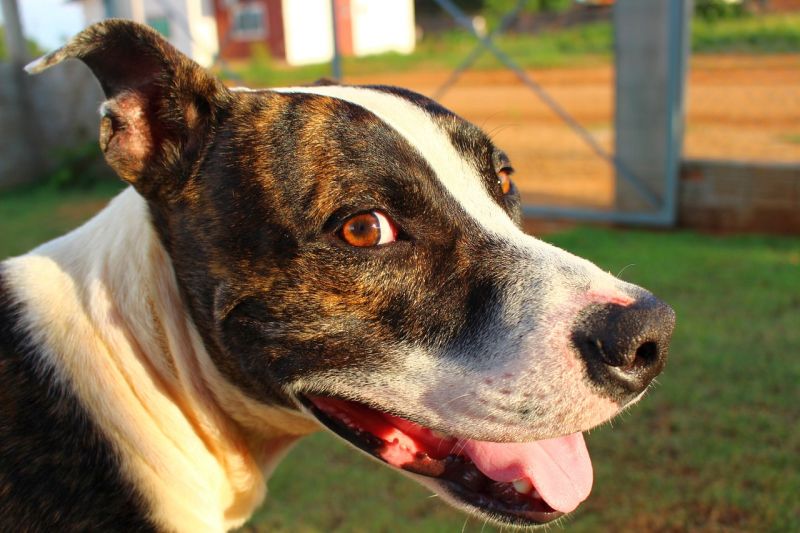
When you get a new dog, it’s not uncommon to feel like you have to adjust. But don’t underestimate your pup’s ability to learn and adapt.
Getting your dog into a routine, so he knows what to expect is vital. Dogs thrive on performance, and if there’s one thing that helps eliminate stress, it’s consistency.
Here are some tips for getting started:
Set up a schedule for feeding (and exercise) and stick with it every day. Even if your dog doesn’t need much training or food, stick with this schedule until she settles in, and her habits become more regular. This way, you’ll know when it’s time for her meal or walk without having to guess — and she’ll know when it’s coming too!
Please ensure everyone in the house understands what’s expected of them when interacting with your dog. If everyone follows the same rules, things will run more smoothly for everyone involved!
9. The Power of Positive Reinforcement
Positive reinforcement is a terrific way to motivate your pet and help them learn new things. When done correctly, it can be an effective alternative to punishment. Punishment can be very effective at stopping unwanted behavior, but it also suppresses your pet’s instincts. Using positive reinforcement instead, you’ll help train your pet to be more confident and well-behaved without hiding their natural behavior.
Here are some tips for using positive reinforcement:
Give praise right away. The sooner you reward your pet for performing the desired behavior, the more likely they’ll do it again. If you wait too long to reward them, they may forget why you rewarded them in the first place!
Give treats frequently but not too often. You don’t want your pet to get fat from eating too many treats! But if you give treats infrequently, it will have little effect on motivating your pet to perform desired behaviors in the future.
10. Dogs Don’t Like Being Along

Dogs no matter what breed they may be usually don’t like being left home alone for an extended period. If you have a dog, you should know that when you leave the house, your canine companion will likely follow you to the door, sit there and wait for you to return. It’s not just a matter of curiosity — dogs are social creatures who crave companionship.
There are many reasons why dogs might whine when left alone. Dogs were domesticated for many years, so they still have instincts from their wild ancestors — including the desire to be with their pack members as much as possible.
Often, when we leave our dogs alone in our homes, they start to feel anxious or lonely. Dogs also tend to feel abandoned if they aren’t given enough attention or exercise during the day.
Conclusion
There’s an old saying that it takes a village to raise a child, which is valid for pet parents. Caring for a new pet can be very different from caring for an adult or even another baby animal—the same can be said of caring for pets in general. Our advice should help you get started on the right foot.




